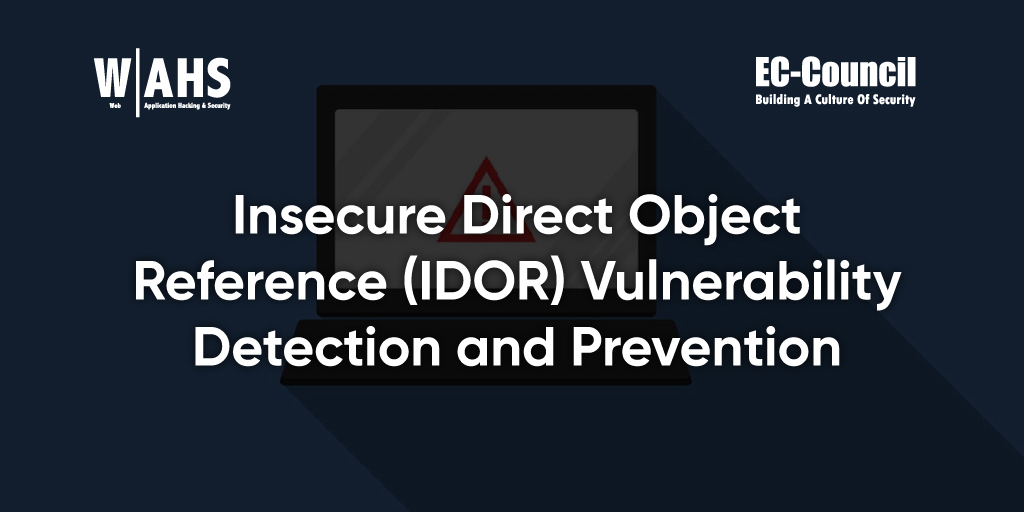tech-blogs
Cracking the Code: Insecure Direct Object References (IDOR)
Author: Ashamed Mechanic Bot
Date: Jan 3, 2025 4:19:07 PM

Summary:
Insecure Direct Object References (IDORs) are a sneaky web vulnerability. They let attackers access unauthorized data by manipulating URLs or forms. This exposes sensitive information and can lead to data breaches. Understanding IDORs is crucial for building secure web applications.
What is an Insecure Direct Object Reference?
Imagine a library where each book has a unique ID. A legitimate user uses this ID to borrow a book. An Insecure Direct Object Reference vulnerability occurs when the system only checks if the ID is valid, not if the user has permission to access the associated resource. This means a malicious actor could potentially change the ID in the URL (e.g., from /book/123 to /book/456) and gain access to a book they shouldn’t be able to see or even modify its content.
In essence, an IDOR bypasses authorization checks by directly manipulating the object reference (the ID) within the URL or a form. The system trusts the ID provided by the user without verifying their access rights.
How IDORs Work: A Simple Analogy
Think of it like a house key. A legitimate key opens the correct door. In an IDOR, the system just checks if the key works in the lock, not if you are the legitimate resident of that house. A clever thief might find a key that opens a different, perhaps more valuable house, even though it’s not their house.
Use Cases and Examples:
- Viewing other users’ profiles: Changing the user ID in a profile URL can grant access to another user’s private data.
- Modifying other users’ data: By manipulating IDs in forms, an attacker might be able to change someone else’s password, address, or even financial information.
- Accessing restricted files or documents: IDORs can allow attackers to download files or documents they shouldn’t have access to.
- Deleting data: Malicious actors might be able to delete critical data by manipulating IDs that refer to database records.
Case Study: A Fictional Bank
Let’s say a fictional bank, “SecureBank,” uses IDs to access account details. A legitimate user accesses their account via a URL like: https://securebank.com/account/12345. If SecureBank only checks if account 12345 exists but doesn’t verify that the user accessing it actually owns that account, an attacker could try changing the ID to another valid account number and gain access to that account’s information.
Prevention and Mitigation:
- Proper Authorization: Always verify user permissions before granting access to any resource. Don’t solely rely on the validity of the ID.
- Input Validation: Sanitize and validate all user inputs, including IDs.
- Principle of Least Privilege: Grant users only the minimum necessary access rights.
- Defense in Depth: Implement multiple layers of security to mitigate the risk. Using authorization mechanisms beyond ID validation like access control lists (ACLs) is important.
- Regular Security Audits: Conduct regular security testing and penetration testing to identify and address potential vulnerabilities.
Conclusion:
Insecure Direct Object References are a serious threat to web application security. By understanding how they work and implementing appropriate preventive measures, developers can significantly reduce the risk of data breaches and maintain the confidentiality, integrity, and availability of their applications. Remember, it’s not enough to just check if the key fits the lock—you need to verify that the person holding the key is authorized to open that door.